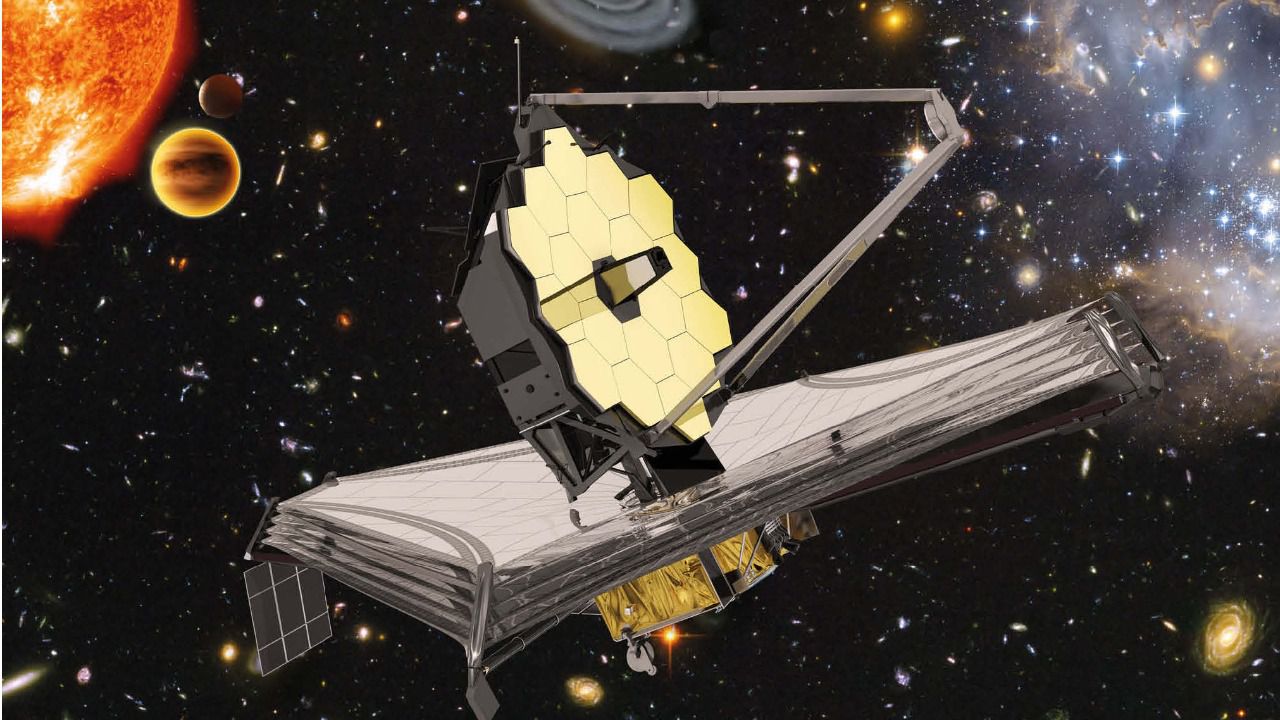Exoplanetary Atmospheres

 Over the past decade, the field of exoplanet research has witnessed an astonishing transformation. With the advent of dedicated space and ground-based instruments, we have unveiled a vast multitude of exoplanets, each possessing its own unique size, mass, and orbital characteristics. Some orbit within the habitable zone of their host stars, while others complete their orbits in a mere matter of hours or days.
Over the past decade, the field of exoplanet research has witnessed an astonishing transformation. With the advent of dedicated space and ground-based instruments, we have unveiled a vast multitude of exoplanets, each possessing its own unique size, mass, and orbital characteristics. Some orbit within the habitable zone of their host stars, while others complete their orbits in a mere matter of hours or days.
At GAPT, we delve deep into the atmospheres of these exoplanets, with the aim of understanding their formation and evolution scenarios. To that end, we perform in-depth characterization of exo-atmospheric compositions and temperature structures, as well as probing into the escaping hydrogen and helium from their upper atmospheres, hence inferring their mass-loss rates. We employ high-resolution transmission and emission spectroscopy during primary transits and secondary eclipses, respectively, and we are well-versed in the use of high-dispersion spectroscopy and atmospheric retrieval techniques. Our analytical prowess extends to instruments like CARMENES at the Calar Alto Observatory-CAHA in Almería (Spain) and CRIRES+ at the Very Large Telescope of the Paranal Observatory. Thus, we combine observational expertise with state-of-the-art techniques, as exemplified in our works by A. Sánchez-López, et al., 2019, 2020, 2022a, 2022b, M. Lampón, et al., 2020, 2021a, 2021b; among others.
Furthermore, our mission at GAPT extends beyond the horizon of current capabilities. We are performing deep preparation for the next generation of high-resolution spectrographs, including METIS (2.9-5.3 µm) and ANDES (0.4 -1.8 μm) at the E-ELT with esolving powers of R~100000, and the James Webb Space Telescope with its diverse instrumentation (NIRSpec, MIRI, NIRISS, 0.6-28 µm) instruments, with a resolving power of R~3000. These world-class facilities allow us to enter into an era of unprecedented precision, enabling us to perform even more profound exo-atmospheric research so as to shed light onto long-wondered scientific questions in the field like: How does such a variety of exoplanets form? How do their atmospheres evolve? Do any other planets
host life? Through atmospheric characterisation, our research aims at unravelling these uncertainties.



